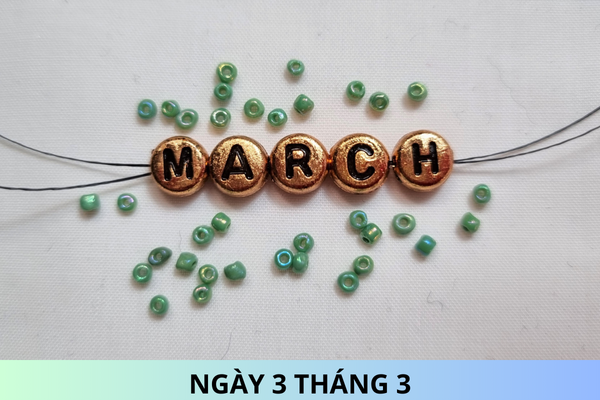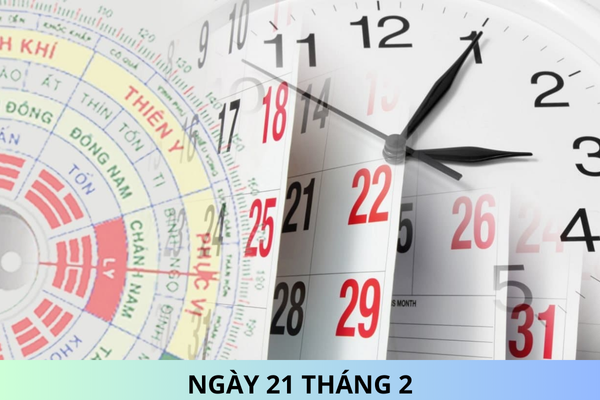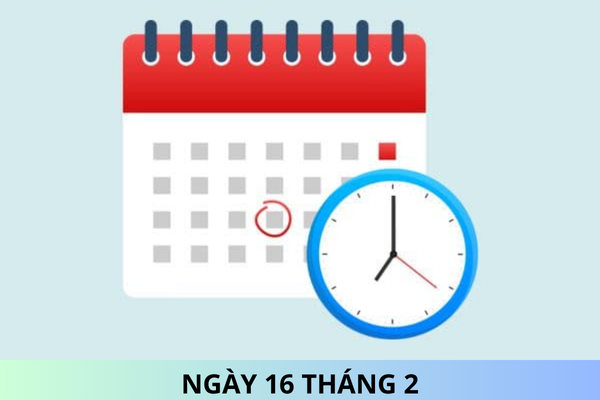Excavation for Inspection and Handling of Signals to a Depth of 0.3 m: What Are the Regulations?
Article 22 Technical Procedure for Investigation, Survey, and Clearance of Explosives Issued Together with Circular 121/2021/TT-BQP (Effective from November 5, 2021) on Soil Excavation for Inspection and Signal Processing to a Depth of 0.3 m as follows:
Applicable Cases: The signal has been detected and marked.
Equipment: Personal protective equipment, mine detector, probe, shovel, dagger; safety pins; collection tools.
Implementation Procedure:
a) Use the mine detector and probe to check the position of the marked signal, accurately determine the position and size of the signal. Use a shovel to dig a hole of size corresponding to the magnitude and depth of the signal (based on judgment when checked by the detector), carefully remove each layer of soil from top to bottom and from the edge to the center of the hole while simultaneously checking. When the signal source is located, use hand tools to clear the soil completely revealing the signal source;
b) Check and determine the signal source, if it is not an explosive ordnance, collect and move it to the designated place; if it is an explosive ordnance that can be safely handled on-site, process it and move it to the designated place. If the signal is an unsafe explosive ordnance for collection, transportation, or an unfamiliar explosive object, mark it for disposal at the end of the working session (for large bombs, separate handling plans must be made);
c) After processing the signal, recheck the surroundings and under the position of the signal just processed with the mine detector to ensure no remaining signals. If signals are still detected, process them according to point a and point b of this clause.
--------------------------------
Note on Acronym Usage:
- Explosive Ordnances: EO.
- Investigation: Inv.
- Survey: Surv.
- Explosive Ordnances Clearance: EOC.
- Investigation, Survey, and Explosive Ordnances Clearance: Inv, Surv, EOC.
Respectfully!










